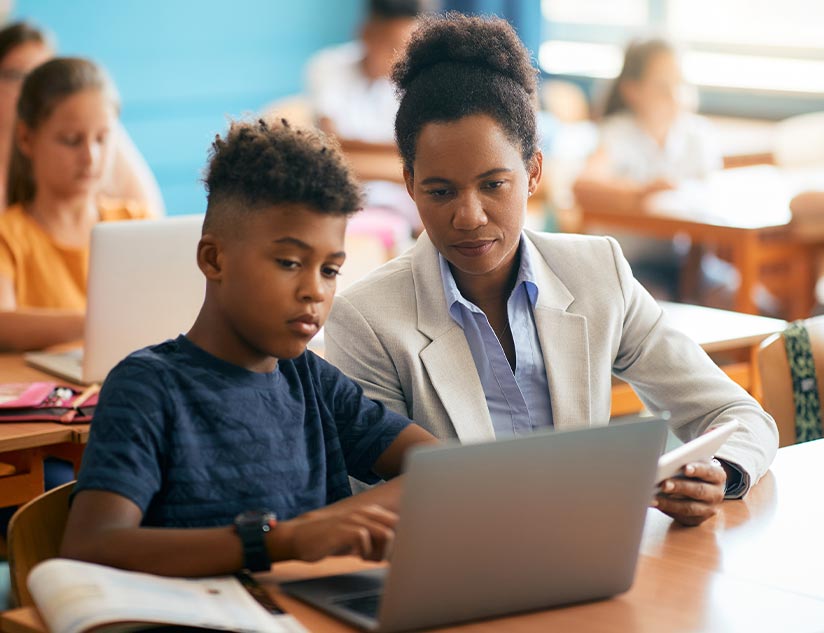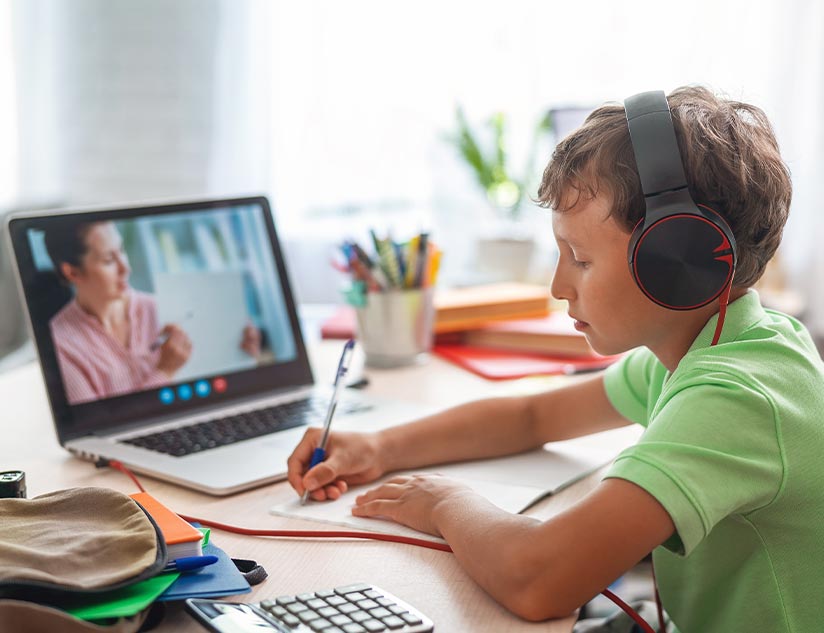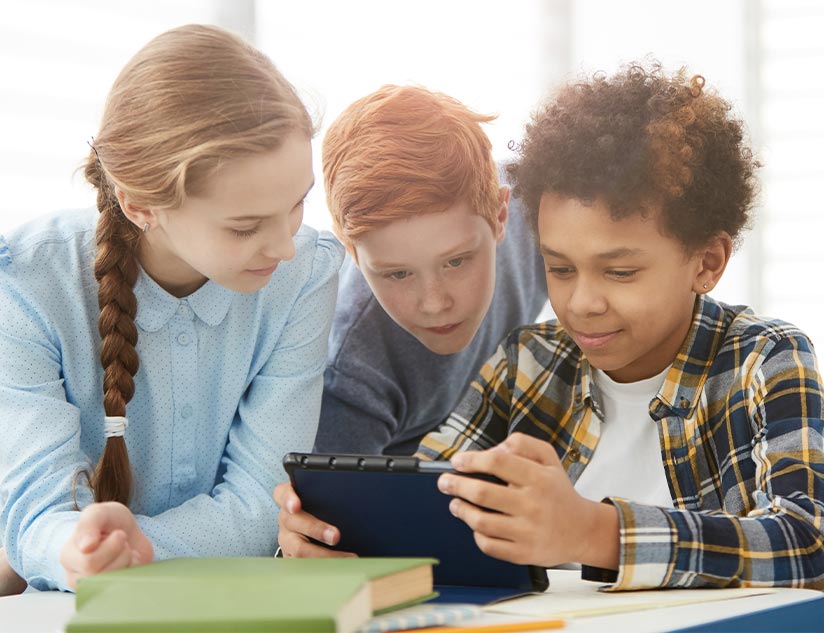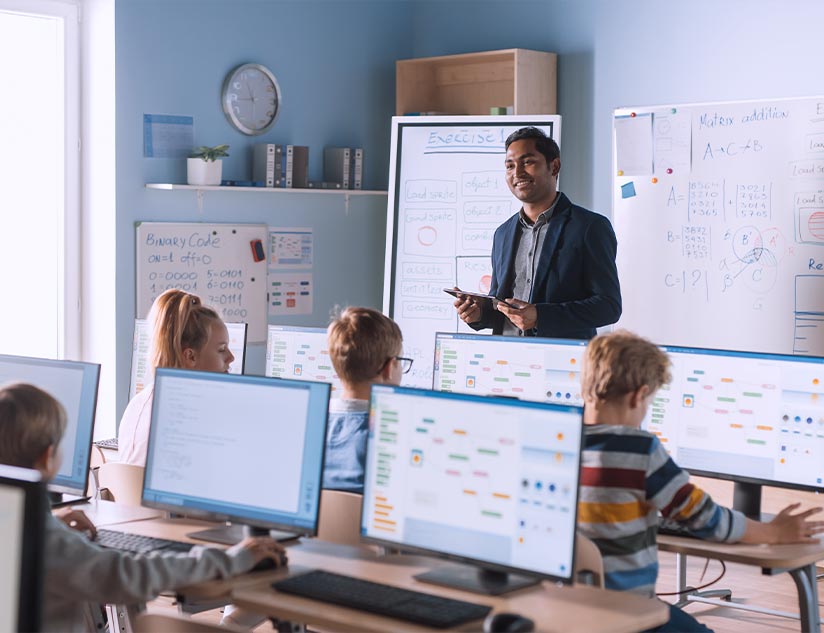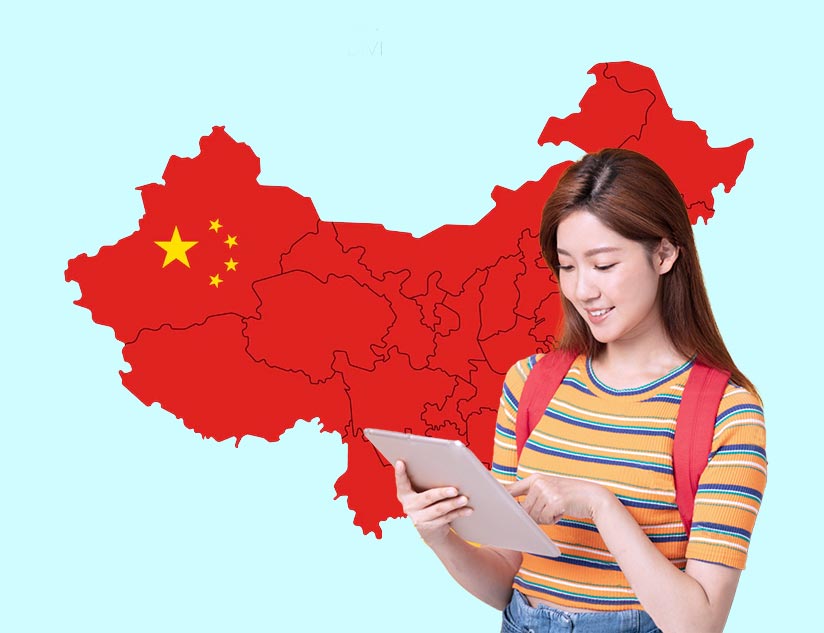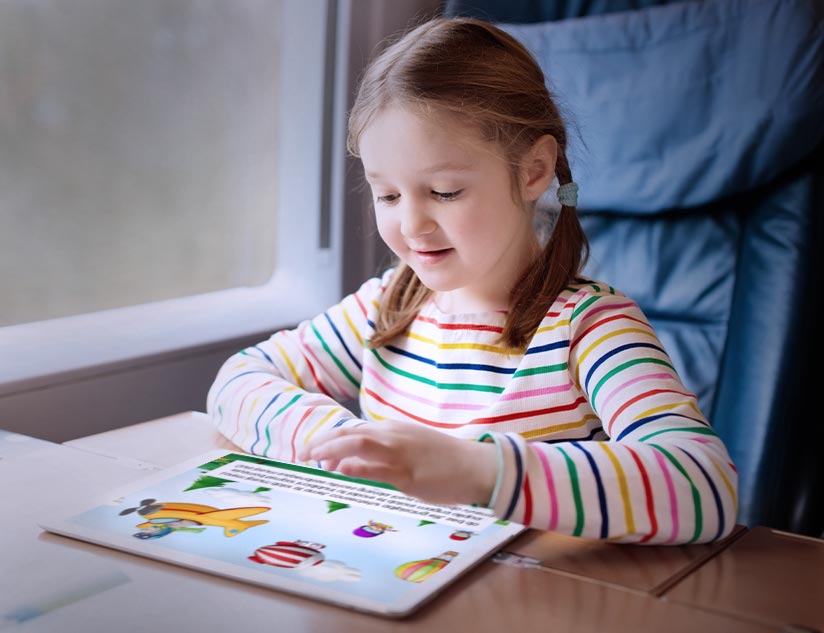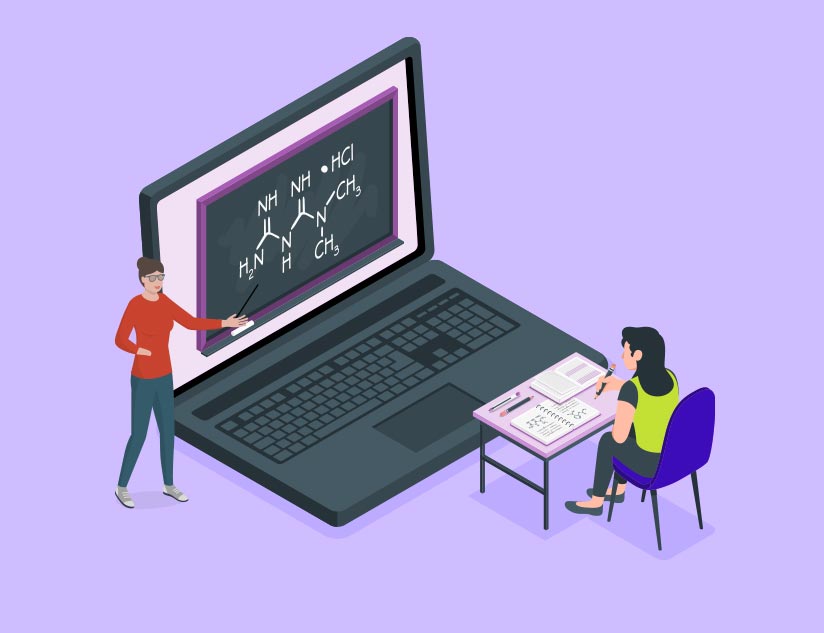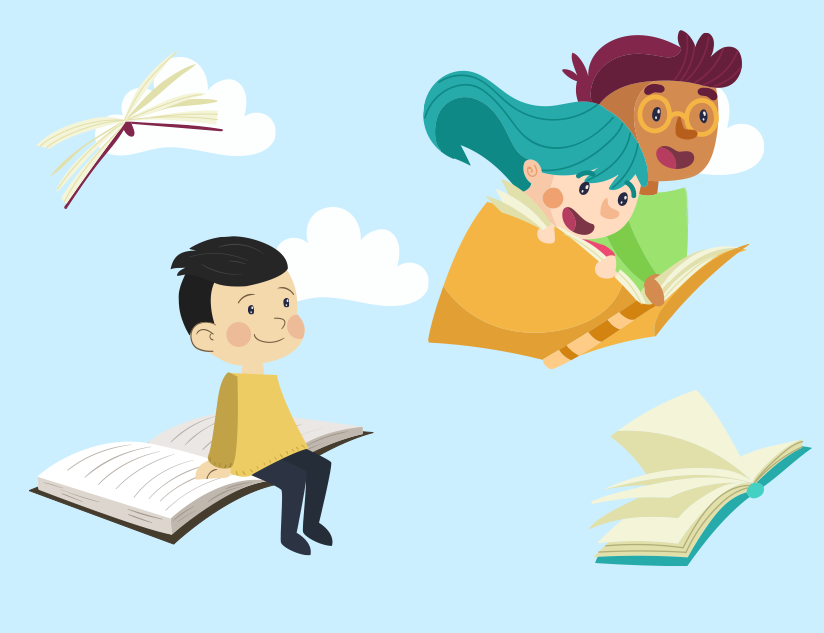Why Blending Pedagogy with Technology is the Future of Education
June 7th, 2022
In order to future-proof educational institutions, technology-based learning and teaching will continue to be at the forefront of education.
Blended learning, one of the most used teaching models against this backdrop, is becoming a leading choice for institutions today. Even in the pre-pandemic years, this pedagogical approach, which combines face-to-face teaching with online course delivery, was steadily gaining popularity due to the flexibility and cost-effectiveness it offered. In a 2020 survey across 29 nations, the majority of respondents said that by 2025, education will be conducted as much online as face-to-face.
Recommended and supported by the latest government policies to build a learner-centric instructional environment, blended learning models have a long way to go. This approach can help strike the right balance between online and offline teaching, allowing institutions to prepare for an agile future.
What Does the Blended Learning Approach Bring to the Table?
Broadening the Scope of Learning
Blended learning, if adopted the right way, can solve long-standing challenges in traditional education systems. With this pedagogy, education is no longer about memorizing facts and then reproducing them for tests. It can equip students to apply the knowledge to pragmatic situations.
With this blended system, teachers become motivators, feedback givers, discussion moderators, and so much more than their traditional role as instructors. Many educators are resorting to constructivist approaches, where students are pushed to discover and construct knowledge by themselves. Examples of such approaches are experiential learning or project-based learning.
Taking a Personalized Approach
The pandemic has revealed large-scale inefficiencies and inequity in access to education across different socio-economic strata. The cumulative learning losses of the past 2 years need teachers to focus on personalized learning, which is highly student-centric. For example, in East Africa, the UK FCDO’s SPHEIR, in collaboration with the Partnership for Enhanced and Blended Learning (PEBL), provides academics from countries like Uganda, Tanzania and Rwanda, to share online learning materials developed according to the needs and interests of students in the region. In the future, this will equip institutions to reduce their reliance on teaching content that is not designed for the current socio-political context.
Another way in which technology helps personalized learning is through analytics. Teachers can create more individualized content when they have access to valuable data analytics that provide clarity on student progress. They can access data on content preferences, time and effort spent on particular lessons, warning signs such as absenteeism and more. This can then help them take timely steps to support and motivate individual students.
A More Engaging Approach
Today’s students have much higher expectations from teachers to use current technologies, content, and teaching methods, rather than antiquated ways of classroom instruction. Blended learning is reshaping the traditional relationship between educators and students, making them more collaborative and student-led. This type of learning focuses on developing character, strengthening connections, and the social, emotional, and cognitive well-being of students.
Students can choose where and how to reach their learning goals, through devices they can carry in their pockets. All of this fuels much higher engagement and knowledge retention. Over 73% of K-12 respondents in a study cited increased student engagement as one of the most significant advantages of the blended learning model.
Challenges Associated with Blended Learning
However, blended learning is more than simply uploading existing curricula online. A successful pedagogy requires adequate connectivity, infrastructure, training for staff and students, and robust frameworks for quality assurance. For small resource-strapped institutions, these are complex processes and can lead to higher staff turnover rates.
Not all students have reliable access to digital tools either. This leads to hesitancy in adopting technology. Also, there is a long-standing belief that programs with online elements are not as effective as traditional face-to-face lectures.
The blended learning approach needs robust development and the support of the right EdTech tools. This is possible only through comprehensive policies and investments by the government and other stakeholders.
MagicBox™ is a future-ready digital learning platform enabling students and educators worldwide to shift to the blended learning pedagogy seamlessly. The tools and features offered by the platform also take into account that not all students have access to steady internet connectivity.
Our technology is designed to promote the highest levels of student engagement and equity in education. With seamless interoperability, extensive security, compliance, and powerful assessments and analytics, MagicBox™ can transform learning experiences to empower each student to reach their full potential.






